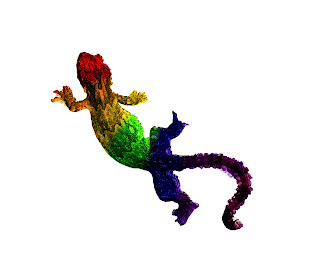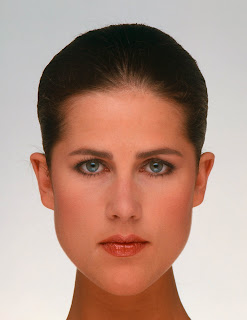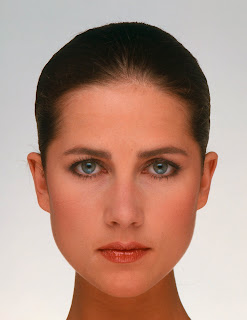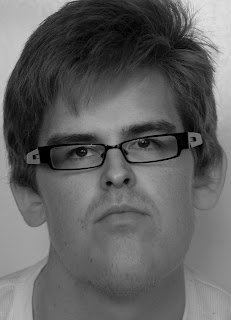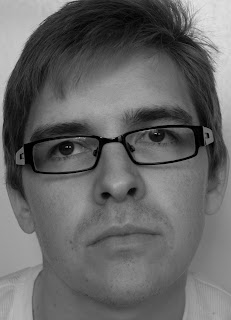Moving on from project 28 here what I'm looking to produce isn't a seamless panorama but instead an image which gives the viewer something more to consider because of the multi angles and planes that you are placing together in a single image.
Its very much an abstract view that I'm aiming to produce by following a similar shooting process as with the previous project but on a much larger scale and by moving around the scene capturing it from a variety of different angles.
The image above was my first attempt at getting my head around working in this fashion, to begin with i just wanted to produce an image by taking a group of shots of a chosen scene and layering them together to produce a final view, i didn't what to add multi angles at this point i just wanted to focus on the actual scene and how to capture it. I was very happy with the end results at this point although i was surprised by how time consuming this process could easily become.
Moving onto the next stage of the process i select a much smaller area to work on but this time i wanted to add in the idea of multiple angles to begin to gain an idea of how to work in this area. Above are the results of this attempt, although I'm not overly happy with the end results i now had a much better idea of how i need to frame and move myself around the scene in order to complete this project to the level i wanted.

Above is my final image for this project and one that I'm fairly happy with, in all there's about 25 images involved in this one shot layered together in a way that still represents the original view but defiantly gives the view something more to think on. What i found worked best for me was not to go to mad and extreme on altering the view but by making small alterations to my position and focal length i found that i could get the view i was looking for. When working on this scale i did find that first time round i did capture all of the view because there's no way you can work to a pattern when shooting like I'd did with the last project, maybe its just me that finds i can't work this way but more then once when putting the frames together I'd discover i had a small whole that need a frame to plug it while other time i found that i could just slide another frame into the gap and the overall effect of the shot wasn't dented.
This and the last project i can most defiantly say have been some of my most favorite in this course because of how challenging I've found them but at the same time I've found the end results to be some of the most pleasing. In the future maybe even in my final assignment i can see that I'll be returning to this way of working.











